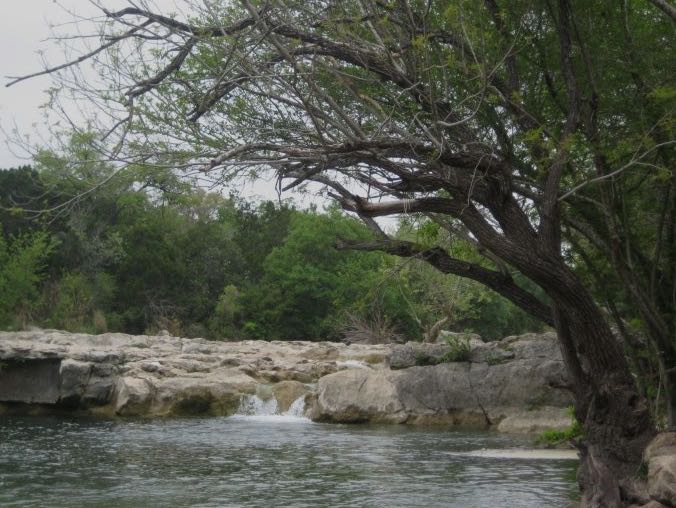After months of back-and-forth, the EPA has officially withdrawn its objection to the City of Dripping Spring’s permit to to discharge up to 995,000 gallons of treated sewage into Onion Creek each day.
Why does that matter?
As a reminder, the permit application has raised a lot of concern here in Austin because Onion Creek flows into the Edwards Aquifer Recharge Zone and provides much of the water that feeds into Barton Springs. The worry is that the treated wastewater would contain nitrates and phosphates that could cause unsightly algae blooms and choke off oxygen that fish need to survive.
In December, the Environmental Protection Agency issued an interim objection to the permit. The TCEQ was not allowed to continue processing the permit until it responded to the concerns raised by the EPA in its objection letter.
So what’s happening now?
Earlier this week, the EPA decided to withdraw its objection to the permit after the City of Dripping Springs agreed to several amendments.
These include:
- Limiting nitrogen in the discharge
- Dechlorination of the wastewater before it’s discharged
However, several local environmental organizations are saying that these changes don’t go far enough. Protect Our Water (a citizen’s group that has been organizing around this issue) published a press releasesaying that the permit “will still degrade Onion Creek and is severely lacking in adequate protective measures.”
The City of Dripping Springs on the other hand, feels confident that their permit now passes strong environmental muster, especially since they have voluntarily chosen to divert most of the wastewater to land applications and beneficial reuse, as opposed to directly discharging it into Onion Creek. (Land application and beneficial reuse are two environmentally-preferred methods of dealing with wastewater, because they allow for the natural filtration and reuse of wastewater).
“The country’s leading environmental regulatory agency has validated the hard work we’ve put in to develop the most environmentally sensitive plan for expansion possible,” Dripping Springs Mayor Todd Purcell said in a press release. “I hope this signals to our community how committed we truly are to doing everything we can to protect our community’s quality of life.”
The reason Protect Our Water still feels concerned is that the promises of land application and beneficial reuse are just that. They’re promises without any legally-binding background. Together with some other local environmental organizations, they’re pushing for a legally-binding agreement that Dripping Springs will divert 100 percent of their treated wastewater to beneficial reuse. “There’s got to be a better, more responsible way to grow our community,” Richard Beggs of Protect Our Water told the Austin EcoNetwork.
So what comes next?
Now that the EPA has withdrawn its objection, the Texas Commission on Environmental Quality is allowed to remove the hold it has on the permit and continue with the next steps in its review process. This includes responding to public comments, which is estimated to take several months. During this time, negotiationswill continue between all of the major affected parties – the City of Dripping Springs, the City of Austin, as well as several local environmental organizations and private property owners. If an agreement is reached, ultimately it will be up to Austin City Council and Dripping Springs City Council to approve it.
If an agreement isn’t reached, then the issue will proceed to an official contested case hearing.




